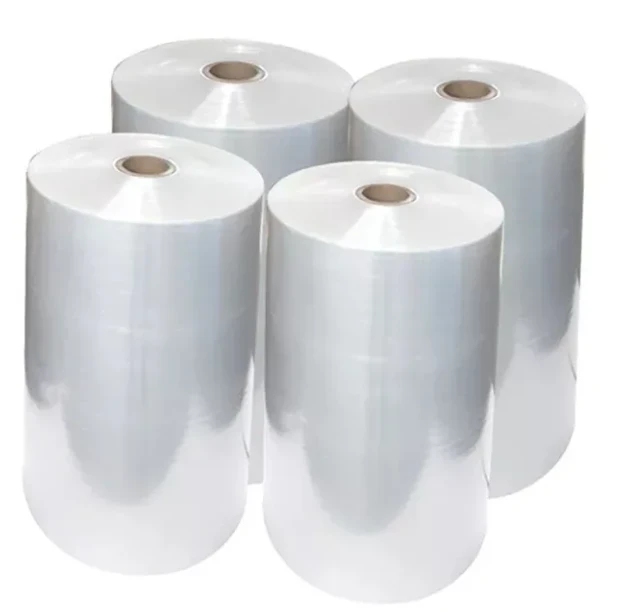- Afrikaans
- Albanian
- Amharic
- Arabic
- Armenian
- Azerbaijani
- Basque
- Belarusian
- Bengali
- Bosnian
- Bulgarian
- Catalan
- Cebuano
- chinese_simplified
- chinese_traditional
- Corsican
- Croatian
- Czech
- Danish
- Dutch
- English
- Esperanto
- Estonian
- Finnish
- French
- Frisian
- Galician
- Georgian
- German
- Greek
- Gujarati
- haitian_creole
- hausa
- hawaiian
- Hebrew
- Hindi
- Miao
- Hungarian
- Icelandic
- igbo
- Indonesian
- irish
- Italian
- Japanese
- Javanese
- Kannada
- kazakh
- Khmer
- Rwandese
- Korean
- Kurdish
- Kyrgyz
- Lao
- Latin
- Latvian
- Lithuanian
- Luxembourgish
- Macedonian
- Malgashi
- Malay
- Malayalam
- Maltese
- Maori
- Marathi
- Mongolian
- Myanmar
- Nepali
- Norwegian
- Norwegian
- Occitan
- Pashto
- Persian
- Polish
- Portuguese
- Punjabi
- Romanian
- Russian
- Samoan
- scottish-gaelic
- Serbian
- Sesotho
- Shona
- Sindhi
- Sinhala
- Slovak
- Slovenian
- Somali
- Spanish
- Sundanese
- Swahili
- Swedish
- Tagalog
- Tajik
- Tamil
- Tatar
- Telugu
- Thai
- Turkish
- Turkmen
- Ukrainian
- Urdu
- Uighur
- Uzbek
- Vietnamese
- Welsh
- Bantu
- Yiddish
- Yoruba
- Zulu
Comparing Closed Loop and Open Loop Recycling Methods and Their Environmental Impacts
Closed Loop vs Open Loop Recycling A Comprehensive Overview
Recycling has become an essential aspect of modern waste management and environmental conservation. With increasing global awareness surrounding sustainability, various recycling methods have been developed to streamline waste processing and promote the responsible use of resources. Among these methods, closed loop recycling and open loop recycling stand out as two distinctive approaches. Understanding the differences between these two types of recycling is crucial for fostering a more sustainable future.
Closed Loop vs Open Loop Recycling A Comprehensive Overview
On the other hand, open loop recycling refers to the process where recyclable materials are transformed into different products. In this system, the original form of a material is altered and repurposed into something else entirely. A classic example of open loop recycling is when plastic bottles are recycled into polyester fiber for clothing or insulation. While open loop recycling is beneficial in diversifying resource use and reducing landfill waste, it comes with its own set of challenges. The transformation process often results in a loss of quality of the material, making it less suitable for its original purpose. Moreover, this method cannot completely eliminate the need for new raw materials, as the end products may require additional resources for production.
closed loop vs open loop recycling

When evaluating the two methods, several factors need to be considered, including environmental impact, economic feasibility, and resource efficiency. Closed loop recycling tends to have a more favorable environmental profile since it reduces the overall consumption of new materials and energy. In contrast, open loop recycling, although still beneficial, often leads to more intensive processing and energy use due to the need for converting materials into new forms.
From an economic perspective, closed loop recycling can offer significant cost savings for manufacturers who can reuse materials without needing to invest in new resources. Companies engaged in closed loop systems often find that this efficiency translates to lower production costs and price stability. Conversely, while open loop systems provide flexibility in recycling diverse materials, the varying quality of end products can create unpredictability in market demand and pricing.
In conclusion, both closed loop and open loop recycling play crucial roles in our waste management systems. Closed loop recycling shines with its emphasis on sustainability and minimal resource loss, while open loop recycling offers versatility in transforming materials. Awareness of these methods can empower individuals and organizations to make informed choices about consumption and waste management. As society continues to advance towards a more sustainable future, an ideal scenario would involve a harmonious blend of both closed loop and open loop recycling strategies, enhancing our collective efforts to reduce waste, conserve resources, and protect our environment.













